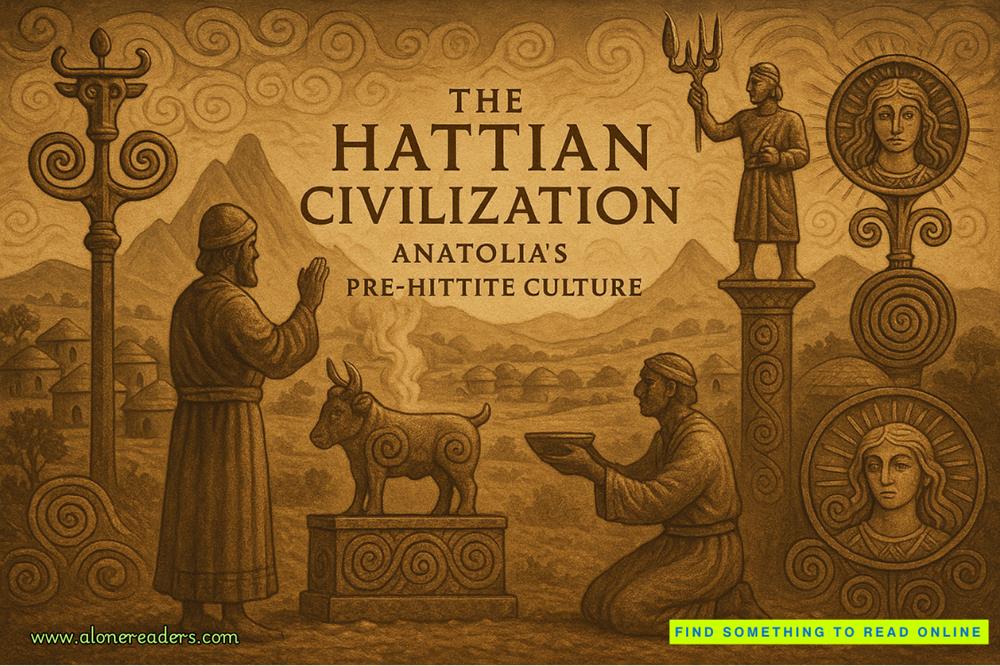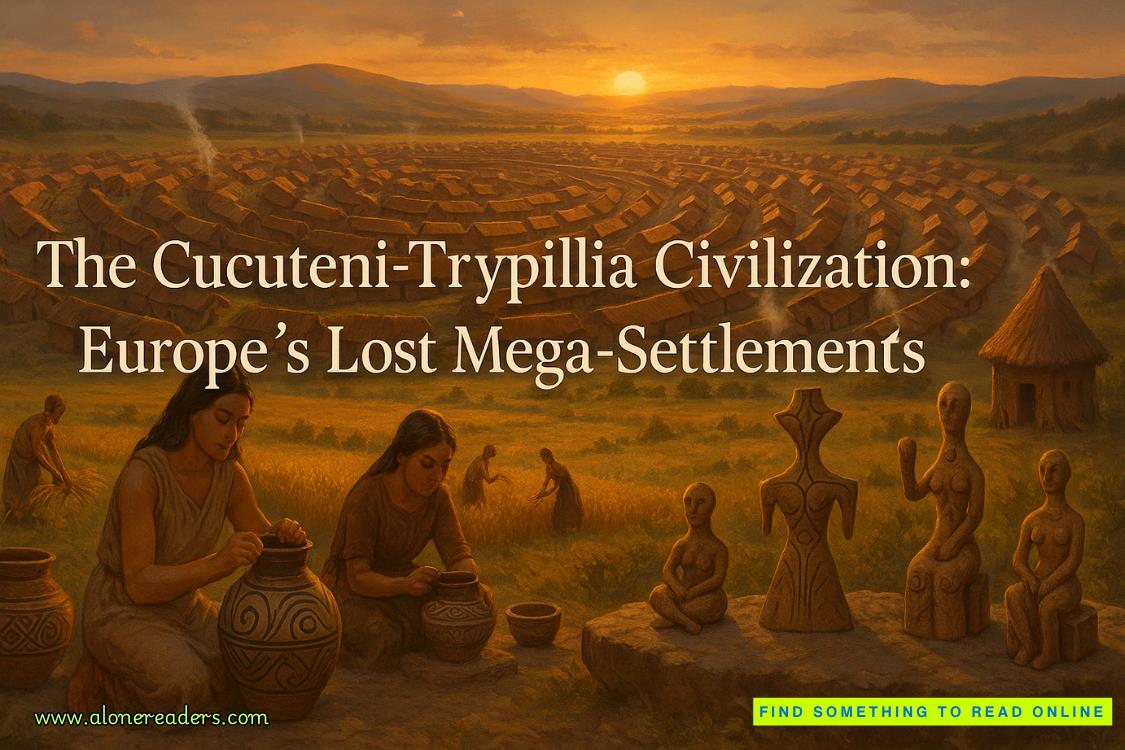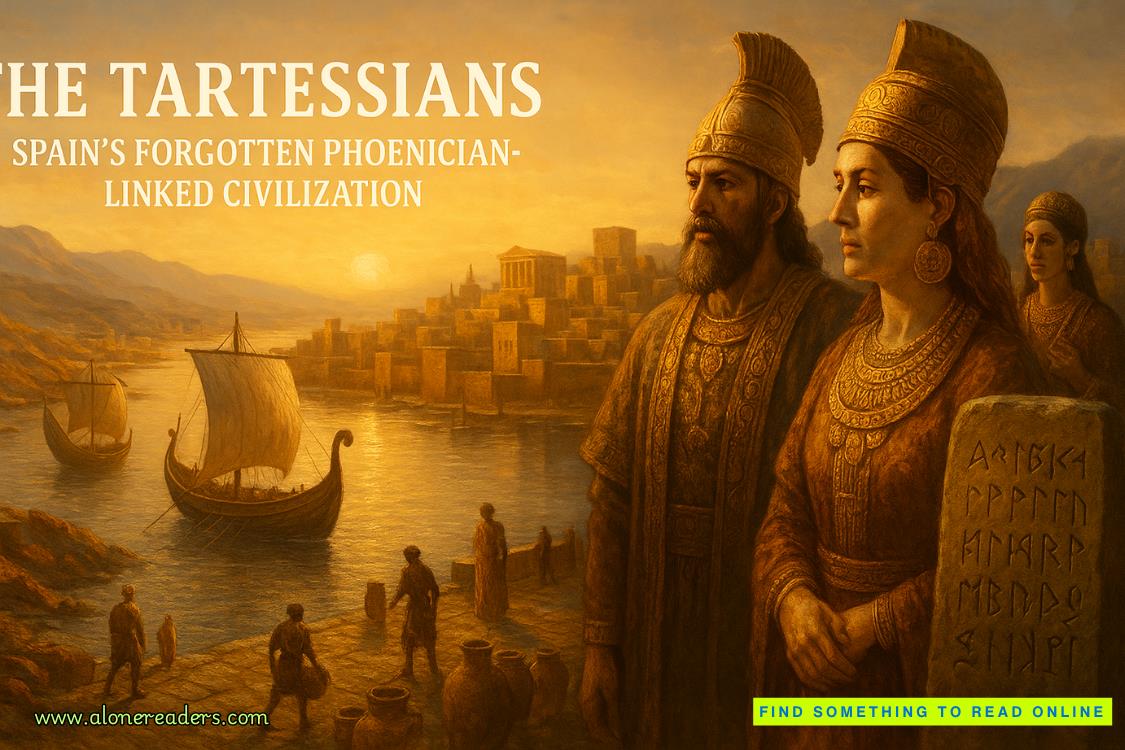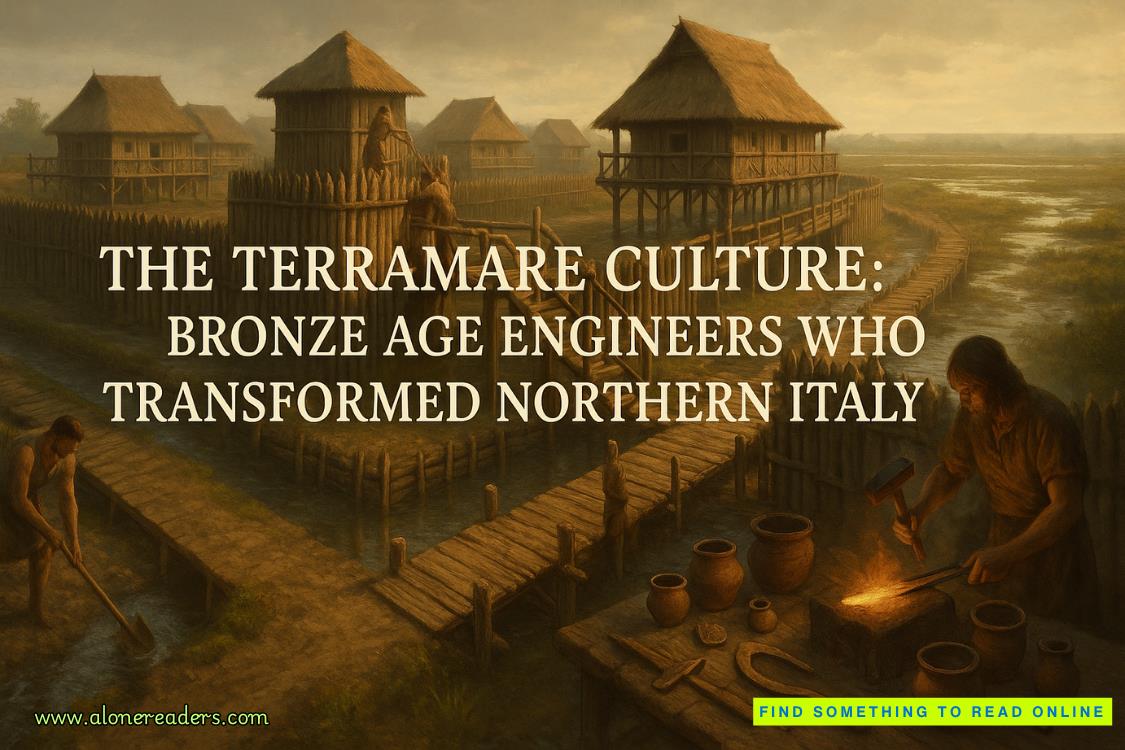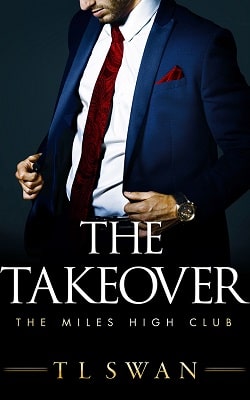“I hate to say it, Inspector, but millions of Americans — like, forty percent — think the world is about to end. Almost half of Americans believe that the Second Coming of Christ and the end of the world will happen by the year 2050.”
He held up a finger. “Ah, but this preacher — he says he knows exactement when these things will happen. God brought him to Heaven, he says, and gave him a special preview.” I had to admit, this was starting to sound fringy. “Two years ago, he tells everyone, ‘The Rapture happens in six months.’ So his followers quit their jobs to help him warn everyone. When the Rapture does not happen, does he say, ‘Sorry, I was wrong, I am an idiot’? Non! He says, ‘God gave me more time to save souls, so give me more money.’” He spat out a strawberry cap. “Morceau de merde.”
It was the same phrase—“piece of shit”—that he’d used about Felicia Kensington, the black-market art dealer.
“That isn’t all. He wants the world to end. Look, I’ll show you.” He pulled several folded pages from the inside pocket of his jacket and handed me the top one. It was a printout from the church’s Web site, advertising a series of upcoming sermons by Reverend Jonah titled “Signs of the End Times.” Most of the page was filled by an illustration in vivid color. The illustration was captioned by a quotation from the Gospel of Mark: “Seest thou these great buildings? there shall not be left one stone upon another, that shall not be thrown down…and there shall be earthquakes in divers places, and there shall be famines and troubles: these are the beginnings of sorrows…For in those days shall be affliction, such as was not from the beginning of the creation which God created unto this time…” At the center of the picture was an immense, shining cross rising from the smoldering ruins of shattered skyscrapers. In the smoky sky, winged angels hovered beneath the gates of Heaven, welcoming a handful of white-robed, haloed people streaming upward from the ruins. Underground, naked bodies writhed amid the flames of Hell; some were being tortured, and others were engaged in sexual acts that were graphic, degrading, and grotesque.
I handed the page back. “I don’t know which is more disturbing,” I said, “his eagerness for the world to end, or his fascination with pain and perversion.”
“He isn’t just waiting for the Apocalypse. He’s trying to speed it up.”
“Speed it up? How?”
Descartes took a sip of coffee. “For one thing, by creating red cows for Israel.”
I paused, my own cup halfway to my lips. “Red cows for Israel?”
“Oui, exactement. Red cows. For Israel.”
“I don’t understand, Inspector. What on earth do red cows have to do with the end of time?”
“I don’t understand it, either,” he said. “It’s very complicated. But some of these end-of-the-world people — not just this preacher, but also some fringe Jews, Messianic Jews — believe that Jesus, or the Messiah, will come again after the temple in Jerusalem is rebuilt.”
“Rebuilt by red cows?”
“Oui, special cows, trained in architecture and construction.” He laughed. “Non, of course not. Here is how the red cow fits in. Somebody important a long time ago — Moses or Solomon or God, whoever — said that the best way to clean up sins is to sacrifice a red cow. Pure red, with not one hair of any other color — no brown, no black, no white — anywhere on its body. Also, not just a cow, but a génisse. I don’t know the word in English, but it means a female cow, one that is young. A virgin cow, you know?”
“Ah. The English word is ‘heifer.’ Yes, a sacrificial virgin. Female virgins always seem to take the sacrificial bullet for the team. But I still don’t get it, Inspector. What does sacrificing a red heifer have to do with the end of the world?”
“Pfffttt.” Descartes blew out a puff of air, a versatile French expression of irritation or impatience or uncertainty. “I’m telling you, it sounds crazy to me. But. These people who want the Apocalypse, they think that when the perfect red cow is sacrificed, the Jews will be purified and inspired. They will unite to drive the infidels from Jerusalem and rebuild their holy temple. And when that happens, voilà—the Messiah comes again.”
“So the eager preacher in Charlotte,” I mused, “joins forces with the militant rabbi in Jerusalem in the quest for the perfect cow.”
“Oui. But not just looking for the cow. Creating the cow. The preacher is paying farmers and scientists to breed red cows. They thought they had her, the perfect génisse, a few years ago. There was much excitement in Jerusalem and Charlotte, but then poof! — she sprouted some white hairs in her tail. There was much disappointment. But they keep trying.”
I looked around me, taking in the loveliness: the blooming lavender, the splashing fountain, the mobile rotating beneath the plane tree as miraculously and gracefully as the planets circling the sun. It was surreal, this conversation about the destruction of the earth, the desirability of mass suffering, and the notion that a cow’s pigmentation could flip the switch of the doomsday machine. “You’re making this up, Descartes. You’re just messing with my head.”
“Non, non, mon ami, I cannot make up such crazy shit — I do not have such a big imagination. It’s all true. Incroyable, but true. And there is more. More and more and more. This preacher, Reverend Jonah Ezekiel, he thinks your government — well, not the government tout entier, but the Democratic Party, for sure — is controlled by demons. He’s making friends with Republicans who have the potential to become president. Can you imagine? If your president — the man with the nuclear launch codes — decides to launch the battle of Armageddon? Very scary, Docteur.”
“Demons, you said? He thinks demons — actual demons from Hell — are running the government?”
“Oui. Also Hollywood. Also Wall Street. So to fight back, this preacher and his followers want to get power—‘dominion,’ they call it, that’s why it’s in the name of the church — over everything and everybody.”
I rubbed my throbbing eyes; squeezed my aching temples. “Unbelievable.”
“Here’s what worries me most,” Descartes said. “In one of his sermons, the preacher says that God is calling for martyrs — people ready to fight and die in the battle against evil.”
“Martyrs? Did he really use that word?”
“Yes. ‘Holy martyrs,’ those were his exact words.”
“Yikes. He sounds like Osama bin Laden.”
“Exactement. Put him in robes and a turban, glue a long beard to the chin, change the name of the religion, et voilà—an American bin Laden. La même chose—the same thing. Fou, fanatique, et dangereux. Crazy, fanatical, and dangerous.” He handed me the other folded pages he’d brought.
One was a close-up of Reverend Jonah preaching, his arms outstretched and lifted toward Heaven. One hand clutched a Bible; the other brandished a sword. The expression on his face was like nothing I’d ever seen before, an electric mixture of elation and rage. This is what zealotry looks like, I thought. He’d like nothing better than to hack some unbeliever to pieces with that sword.
The final two pages were grainy photos from a security camera. Despite the poor quality, I recognized the first photo as Reverend Jonah. The other picture showed a large, muscular man — he could have been a professional wrestler or football player — sporting a shaved head, wraparound sunglasses, and a black suit and shirt that strained to contain his chest and shoulders. “Who’s the gorilla?” I asked Descartes.
“That is the preacher’s chief of security. His name is Luther Talbot, but his pseudo—his nicked name, I think you say? — is Junior.” The inspector’s translation gave me a smile, but the time stamp on the photo quickly took it away. In the upper right-hand corner of each photo was a string of numerals indicating the date and time of the photo. The men had been photographed two minutes apart — Reverend Jonah Ezekiel at 9:11 A.M. and Junior at 9:13.
The pictures had been taken at Charles de Gaulle airport, in Paris, less than twenty-four hours before Stefan Beauvoir had been transformed into a human crucifix.
CHAPTER 27
Simone Martini. The name was like a fly against the windowpane of my mind, buzzing incessantly — and with more insistence than Stefan’s name buzzed — as I hurried to meet Miranda at the Avignon library again. Could Martini be the creator of the Shroud of Turin? If so, when, and why? Had he done what Emily Craig postulated had been done — copied a crumbling first-century original? Or had Miranda nailed it when she called the Shroud “the world’s first snuff film,” created by the murder of its main character?
My sense of having split-personality disorder — or, rather, split-century disorder, of being torn between the fourteenth and twenty-first centuries — hadn’t gone away. If anything, it had intensified as I waited for Stefan’s three “fishes” to nibble at the bait Descartes and I had dangled. If not for the mystery of the bones themselves, I’d have gone off the deep end during the wait.
Elisabeth had shown me a book on Italian artists of the early Renaissance, but Martini merited only a few pages in it. So Miranda and I were returning to the library once more.








